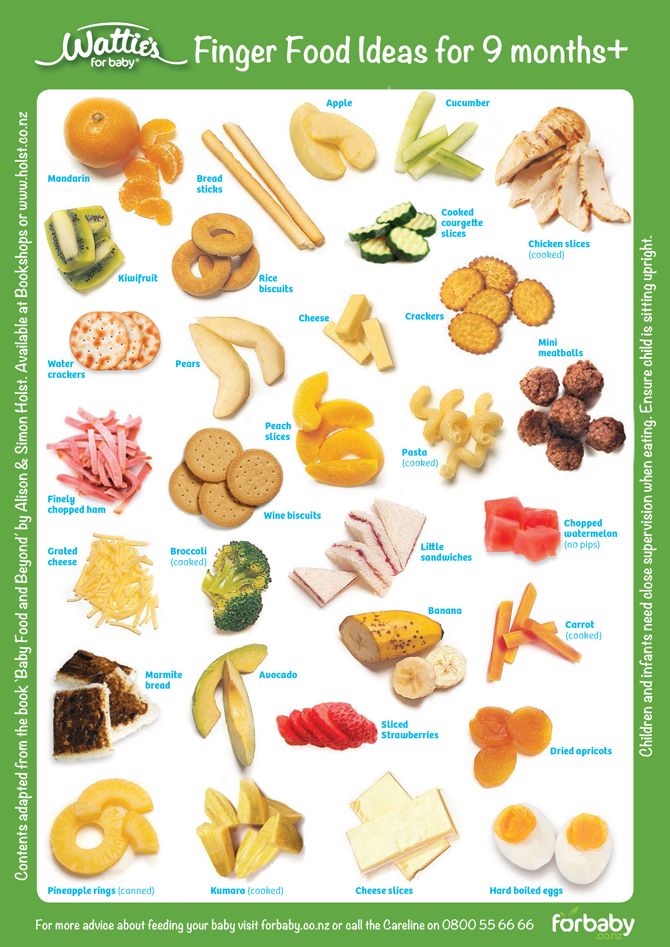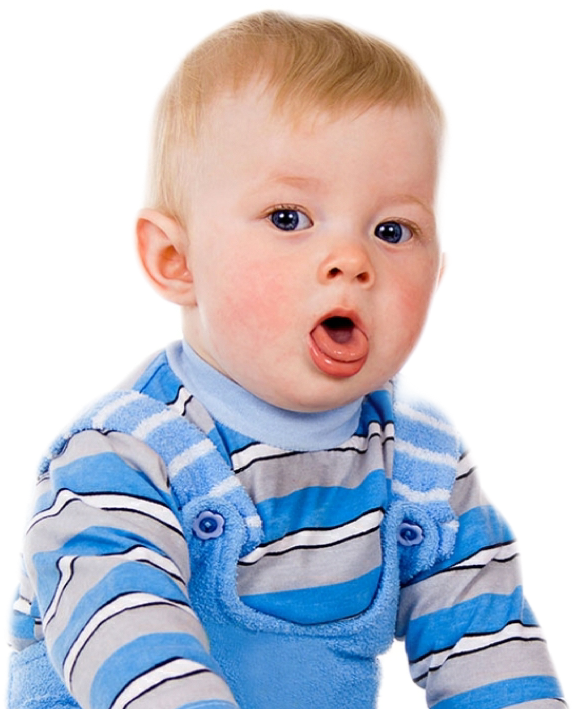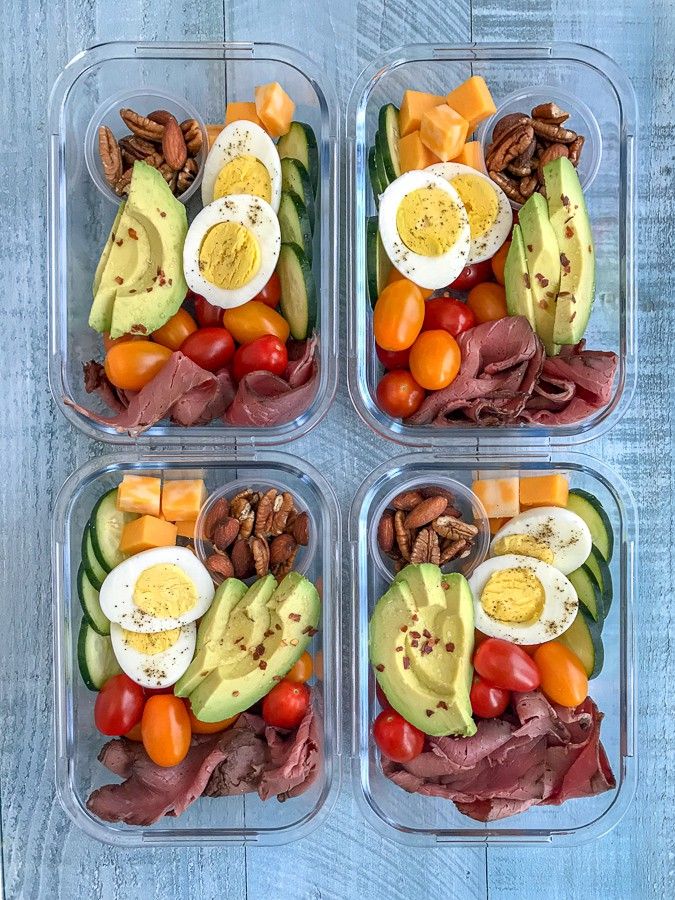What to feed a baby bearded dragon lizard
8 Tips For Feeding and Caring For Baby Bearded Dragons
Baby Bearded Dragons are a great way for first time reptile keepers to have a pet dragon.
Do not let the name ‘dragon’ scare you!
These lizards are tame, docile and easy to care for.
Babies are born a tiny three inches long and only grow 16 to 24 inches in length.
A Baby Bearded Dragon can be purchased for just $100. But before bringing a baby Beardie home, you will need to know how to care for him.
Here are eight tips you need to know before getting a Baby Bearded Dragon…
Table of Contents
- 1. What To Know Before Buying A Baby Bearded Dragon
- Baby Bearded Dragon Price
- 2. Best Baby Bearded Dragon Habitat
- 3. Baby Bearded Dragon Setup Tips
- 4. Baby Bearded Dragon Diet
- What Does A Baby Bearded Dragons Eat?
- How Many Crickets To Feed A Baby Bearded Dragon?
- 5. Track Their Growth Rate
- 6. Baby Bearded Dragon Care Sheet
- 7.
How To Tame A Baby Bearded Dragon
- 8. Know What To Expect
- Summary
1. What To Know Before Buying A Baby Bearded Dragon
It is both good and bad that Bearded Dragons are a popular pet lizard.
To find a Baby Bearded Dragon for sale is very easy. This also means it is easy to find a species that is illegal or unhealthy.
Importing wild Baby Beardies from their native range is illegal. Do not purchase a bearded dragon labeled as wild-caught.
Purchase a captive-bred lizard from a reputable private breeder.
You will want to purchase a lizard that looks happy and healthy:
Signs They Are Healthy
- Their eyes and skin are bright.
- Standing up with all four legs.
- Good posture and active in their enclosure.
- Reactive to your touch.
Sickness Symptoms
- Swollen hind legs or rubbery jaw.
- They should be active and not lethargic.
- Runny or watery stool.
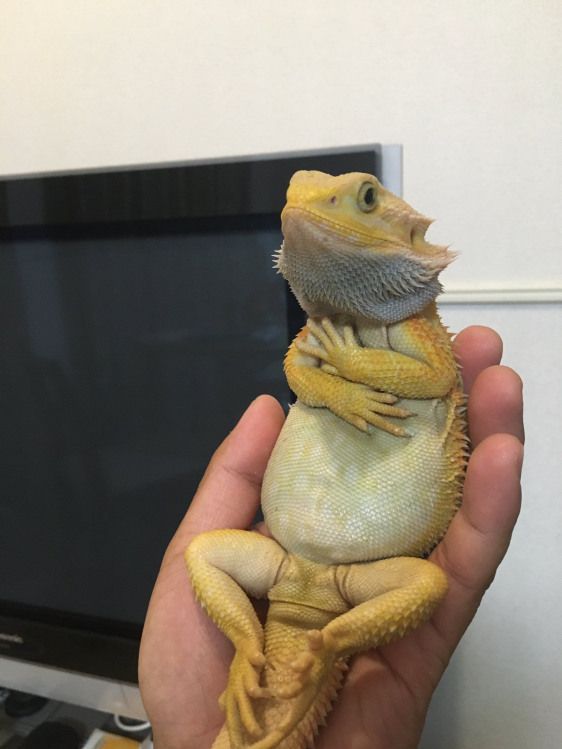
Make sure you do the research to find a reputable breeder.
Baby Bearded Dragon Price
Baby Bearded dragons can be purchased for $45 to $100.
Species that are not tan brown (e.g. color morphs) are more expensive and cost $100 to $750.
The initial setup cost of their enclosure will be $200 to $1,100. This includes purchasing a 20-gallon juvenile terrarium, lights, substrate, hides and food.
There are starter kits available for Bearded Dragons that cost around $200. But, they do not always include the proper supplies.
2. Best Baby Bearded Dragon Habitat
A baby bearded dragon first needs a 20-gallon tank. As they grow their tank size should too.
Fully-grown adults require a 120-gallon tank.
Because they grow so quickly some owners purchase an adult cage to start with. That way they do not have to buy multiple enclosures:
| Age | Minimum Tank Size |
|---|---|
| 1 month | 20-gallon |
| 2 month | 30-gallon |
| 3 – 6 months | 50-gallon |
| 7 – 9 months | 75-gallon |
| 12+ months | 120-gallon |
Baby Bearded Dragon Lighting
Bearded dragons should get 12 hours of light daily – babies too.
To achieve this Beardies need both UVA and UVB lights in their habitat:
- A UVB light tube (not coil) should on for 12 hours a day from 7AM to 7PM. The easiest way to do this is to buy a light timer.
- A 50-75 watt UVA bulb should be used inside of a dome light fixture. This light can sit on top of the screen lid or can also hang inside the terrarium.
It is important to get a UVB light that is tube shaped and not coiled. Your UVA bulbs should be dome shaped so that your dragon can properly bask.
Baby Bearded Dragon Heat and Basking Temperature
Their cage will need a temperature gradient. This allows your dragon to move in and out of the basking spot.
Your baby bearded dragon’s basking area should be between 95 to 105℉ degrees. The designated basking area will be the hottest area in the tank. It should be on the left or right side of the tank.
If your UVA bulb is setup properly the cold side of the cage should be around 75℉ degrees.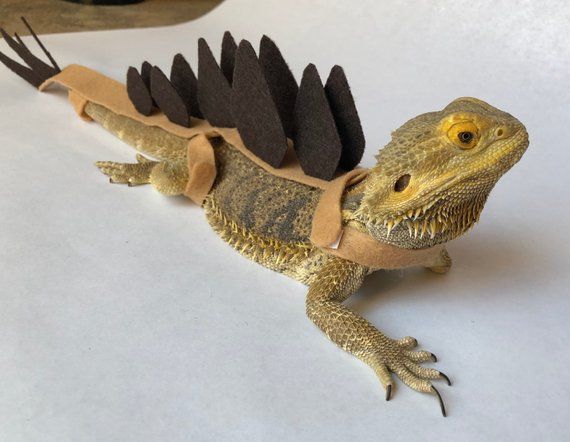
It is important to buy two high quality thermometers for either side of the tank. You need to make sure your baby lizard has the correct heat levels.
If temperatures are too low during the night (below 65℉) you can add a ceramic heat emitter.
Baby Bearded Dragon Humidity
Your dragon’s enclosure should be between 30% to 40% humidity. If the enclosure is too humid your lizard can become sick. If it is too dry they will dehydrate.
Make sure to invest in a high-quality hygrometer to measure water vapor levels.
The best way to achieve proper humidity is to include a water dish in their tank and allow the water to evaporate.
A water dish must be shallow enough for baby bearded dragons to enter and exit by themselves. The water should not be filled more than their chin-level. For babies this might be just one cm.
Baby Bearded Dragon Substrate
Substrate can be a confusing topic for new owners.
One mistake many bearded dragon owners make is using reptile sand in their enclosure. Despite Bearded Dragons living in sand in the wild your dragon should not be kept on sand.
Despite Bearded Dragons living in sand in the wild your dragon should not be kept on sand.
Commercial reptile sand is different from sand in their natural habitat.
If your lizard is kept on sand – it will get in their eyes, their water and food. If a baby consumes too much sand its intestines will be blocked causing impaction.
The best substrate for a bearded dragon is reptile carpet.
If you cannot find reptile carpet there are a few options you can choose from:
- Newspaper.
- Paper towels.
- Non-adhesive shelf liner.
3. Baby Bearded Dragon Setup Tips
- Secure 20-gallon terrarium with screen lid.
- UVB light tube (not coil) turned on for 12 hours a day.
- 50-75 watt UVA bulb inside of a dome light fixture.
- Basking area should be between 95 to 105℉ degrees
- 30 to 40% humidity.
- Reptile carpet – not sand or wood shavings.
4. Baby Bearded Dragon Diet
Baby and juvenile Bearded Dragons eat mostly insects in the wild.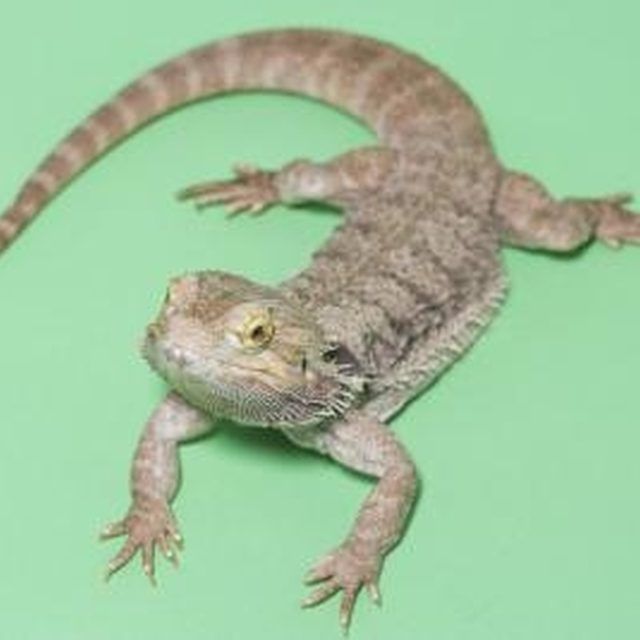
As they age their diet changes to mostly vegetarian.
This means your baby bearded dragon will have a different diet compared to an adult:
- Babies should be fed a ratio of protein to greens of 75/25.
- Adults should be fed a ratio of protein to greens of 25/75.
What Does A Baby Bearded Dragons Eat?
They should eat small Dubia roaches or 2-3 times a day. They are better than mealworms, as it is hard for babies to digest mealworms.
Babies should be fed a balance of crickets and plants to maintain their health. A ratio of 75% protein to 25% greens is nutritionally best.
Some vegetables you can feed include:
- Collard Greens
- Dandelions
- Mustard GreensBeet Tops
- Other Leafy Greens
- Beet Tops
- Leafy Greens
- Carrots
- Squash
- Peas
- Zucchini
Low nutrient foods such as lettuce, spinach or celery should be avoided.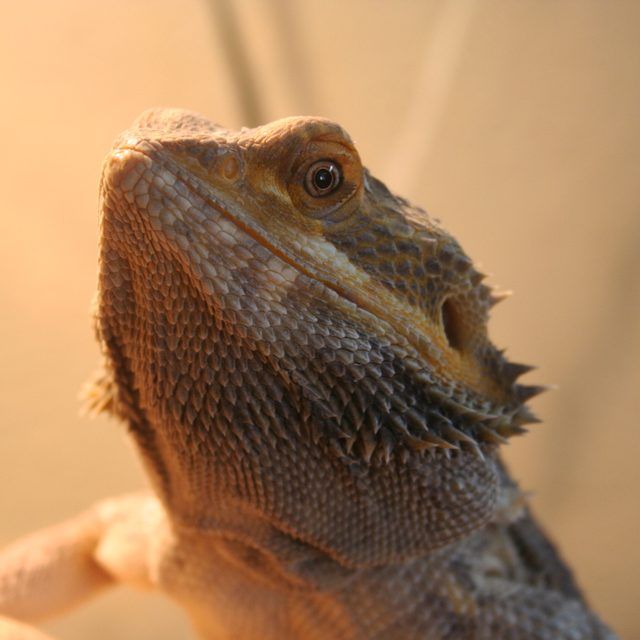
If you want to give them a treat you can offer small fruits such as blueberries or peach slices.
How Many Crickets To Feed A Baby Bearded Dragon?
Babies should eat 20 to 40 small crickets each day.
Special care must be taken to ensure hatchlings get the right food for their size. The crickets you feed should not be larger than the distance between your dragon’s eyes.
It is best to let your lizard eat as many crickets as they can in a 10 minute window. Normally they will eat a cricket every minute or so.
After 10 minutes remove any excess food from the cage. Do not leave any insects in your dragon’s enclosure as they can hurt your pet.
Here is an example feeding schedule for a baby or juvenile:
| Time | Insects | Greens* (all chopped**) |
|---|---|---|
| 9 AM | 10+ small crickets | 2x collard greens, 1x bell pepper slice and 1x strawberry |
| 12 PM | 10 + dubia roaches | 2x kale, 1 slice of squash and 1x blueberry |
| 3 PM | 10 + small crickets | 2x dandelion greens, 1 slice of pumpkin and 1 slice of banana |
| 6 PM | 10+ dubia roaches | 2x collard greens, 1 bell pepper slice and 1x grape |
* To promote healthy growth you should dust their food with calcium a few times each week.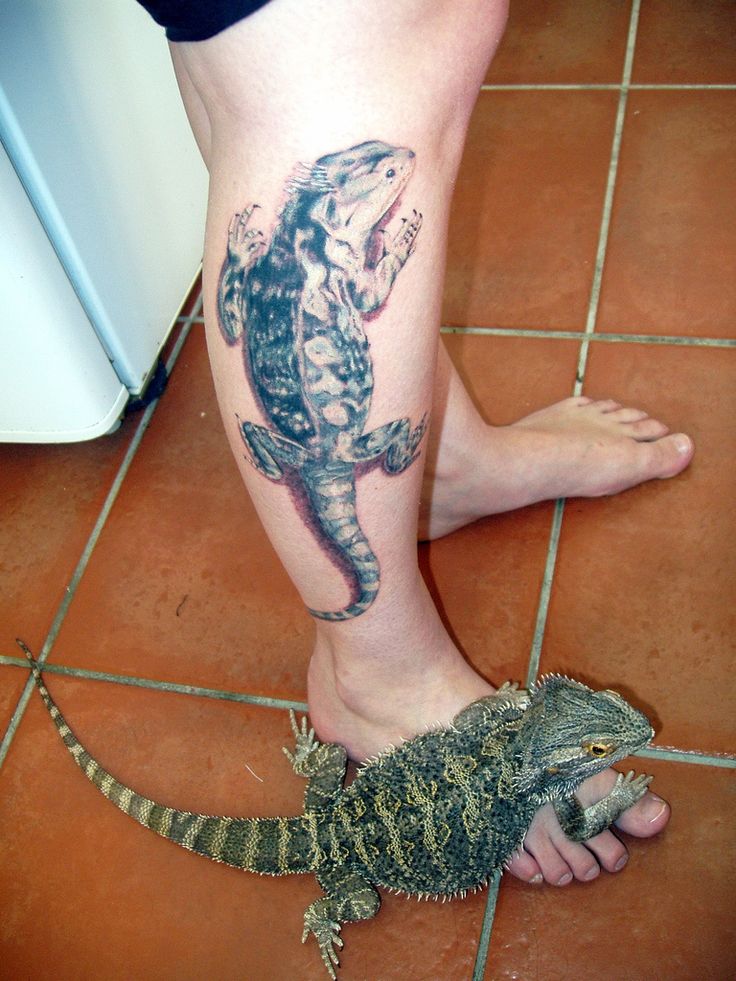
** Make sure that all food is cut into small pieces to prevent choking and indigestion.
5. Track Their Growth Rate
Baby Bearded Dragons are born three to four inches in length.
Healthy hatchlings grow 1 to 3″ per month for their first two months.
It will take 18 to 24 months for your dragon to reach its full grown size.
Females are smaller than males and range from 12 to 20 inches in length. Males are 16 to 24 inches.
Beardies grow quickly when cared for properly.
You should be very observant of your baby lizard’s growth for the first 12 months:
| Age (months) | Size (inches) | Weight (grams) |
|---|---|---|
| 1 month | 3 to 4 inches | 4 to 6 grams |
| 2 months | 5 to 9 inches | 8 to 40 grams |
| 3 months | 8 to 11 inches | 22 to 110 grams |
| 4 months | 9 to 12 inches | 41 to 115 grams |
| 5 months | 11 to 16 inches | 102 to 115 grams |
| 6 months | 11 to 18 inches | 183 to 188 grams |
| 7 months | 13 to 18 inches | 230 to 280 grams |
| 8 months | 14 to 20 inches | 252 to 327 grams |
| 9 to 10 months | 16 to 22 inches | 280 to 360 grams |
| 11 to 12 months | 16 to 24 inches | 350 to 465 grams |
If your lizard is not growing or eating then there could be a health problem.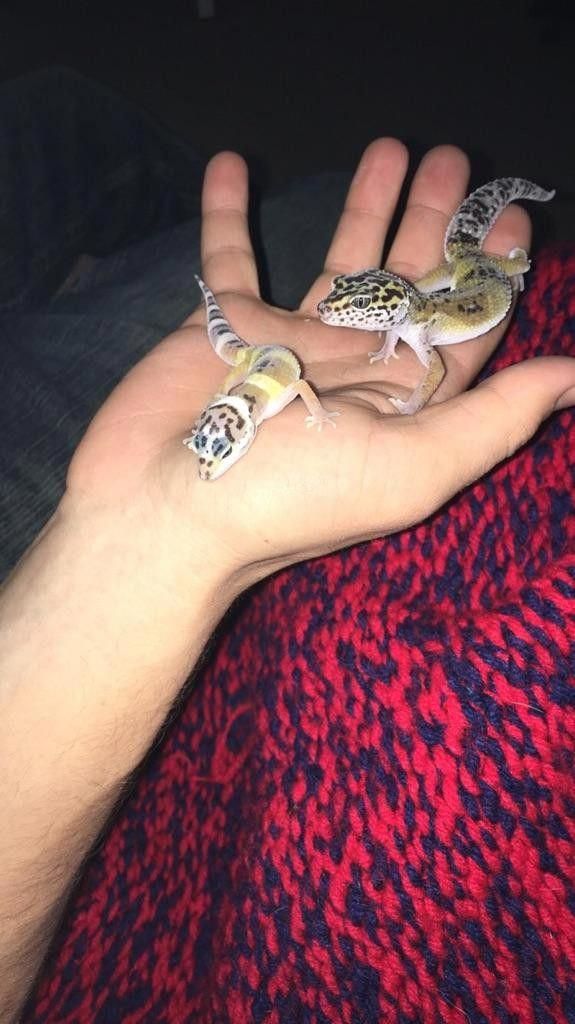
Metabolic Bone Disease is a common issue with pet lizards. This disease causes problems with bone health and growth and in some cases causes death. It is a bone disease caused by improper nutrition (often a calcium deficiency) or improper UVB lighting.
6. Baby Bearded Dragon Care Sheet
The normal lifespan of a bearded dragon is 7 to 12 years.
Metabolic bone disease, respiratory infections and abnormal shedding (i.e. dysecdysis) are all common, but potentially fatal, health issues for beardies of any age.
Proper care is vital to ensure your lizard lives a long and happy life.
Use the care sheet below as a quick guide to make sure their cage is setup correctly and their diet is proper:
| Baby Bearded Dragon Care Sheet |
|---|
|
7. How To Tame A Baby Bearded Dragon
Before handling your baby dragon you should wait at least a week.
Babies are more skittish than adults.
Baby Bearded Dragons are also small and should be held with extreme care.
Once your lizard is eating regularly you can begin to tame him:
- To start with offer your hand and coax him gently.
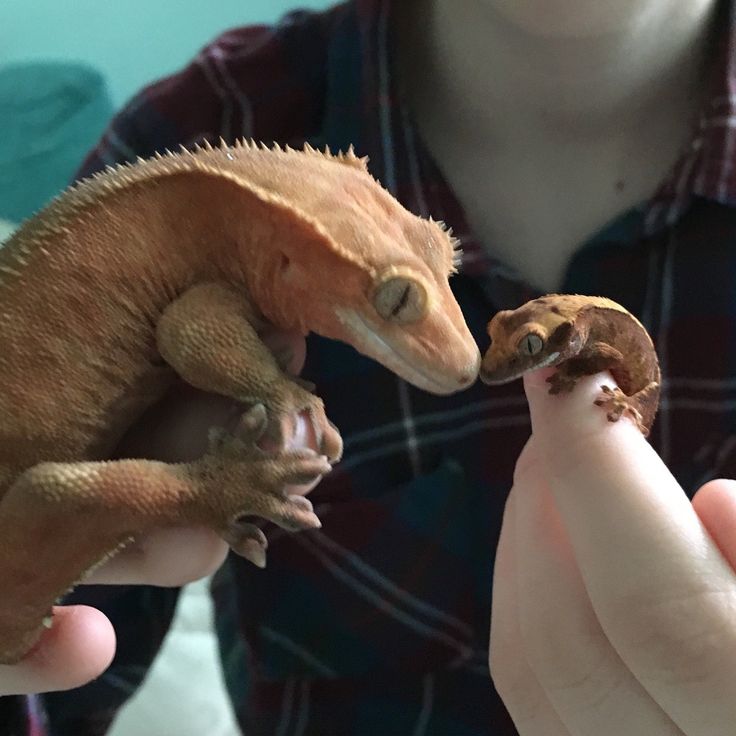
- Without making any sudden movements hold him underneath his belly and support his weight.
- Do not grab him from above or by the tail.
If you care for your lizard and handle them properly you can expect them to be very relaxed and happy being held. Their docile nature is a large part of why they are a popular pet lizard. But, they need proper and gentle handling to get them used to your touch.
8. Know What To Expect
There are several things you should expect when adopting this species.
To start with you should be prepared to have him for around 7 – 12 years.
Doing your research before buying a baby bearded dragon is very important. So is purchasing from a private breeder.
It is always better to purchase an enclosure and get it setup first. Doing this will make the transfer of your Beardie much easier. You will also have temperature and humidity under control.
Unless you have your lights plugged into a timer (which is highly recommended) you will need to turn the lights on in the morning and off in the evening every day.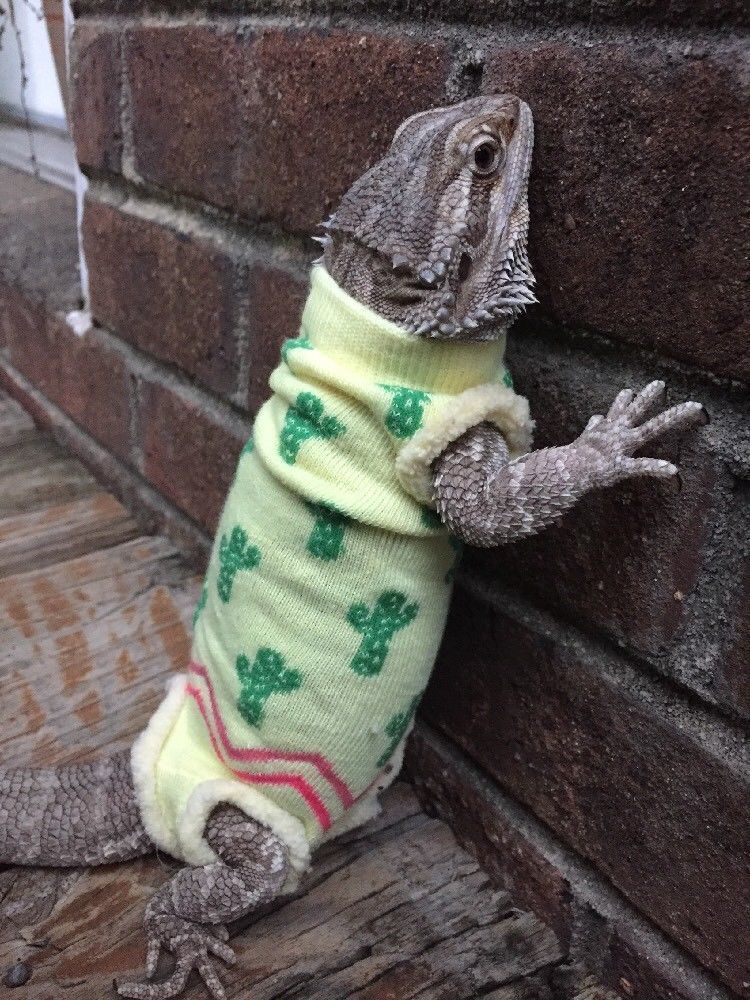
You will need to feed him three or four times each day at 9 AM, 12 PM, 3 PM and 6 PM.
Do not expect babies to be completely comfortable around you at first. They will need time to adjust to their new surroundings.
They may also not want to eat immediately after coming home. If their husbandry is correct they will be ready to eat after a day.
Summary
Caring for a Baby Bearded Dragon is simple for beginners.
To start with they will need a secure 20-gallon terrarium with a screen lid.
Two of the most important things to remember are their habitat and diet:
- Feed 20 to 40 crickets a day over three or four 10 minute periods.
- Keep their basking area 95 to 105℉ degrees and make sure humidity is 30 to 40% humidity.
If you do your research, and take care of your beardie, you should expect them to be very tame and live for 7 – 12 years.
Let us know how you cared for your Baby Bearded Dragon below.
What to Feed a Baby Bearded Dragon
When you first bring your baby Bearded Dragon home it’s a really exciting time but you are also likely to have lots of questions that need answering such as what to feed them?
I’ve written this post to help answer all your feeding question so you can get back to all the excitement of having a new member in the family and be sure you are bringing up a healthy and happy Bearded Dragon.
So what should you feed a baby Bearded Dragon? Baby Bearded Dragons should be fed a combination of prey food such as Pinhead Crickets and greens such as Kale. It’s also important to feed your baby Bearded Dragon vitamin and calcium powder. Any prey foods that are offered should be smaller than the babies head and any greens that are offered should be finely chopped to aid digestion and eliminate the risk of choking.
Read on to find out in more depth exactly what a baby Bearded Dragon can eat, how many times a day they should eat, if you can overfeed then and much more.
First, let’s take a deeper look at what baby Bearded Dragons can eat and what they should stay away from.
What Can a Baby Bearded Dragon Eat? a Closer LookWhen your Bearded Dragon is a baby the nutrients that you feed it are so important. They are growing at such a rapid rate and they need to eat the rights foods to support that growth.
Bearded Dragons are omnivores which basically means that they need to eat a combination of insects, plants and veg accompanied by calcium supplements. Knowing the right foods to feed them and the ones to stay away from will play a huge part in their development in the early months of their life.
You should feed your baby around 40-60% protein from insects and 20-40% of the rest of their diet should come from vegetation. This is backed up by beardeddragon101 who also give out the same advice.
Let’s take a closer look at what they should eat so you can be sure of having a happy and healthy baby Bearded Dragon.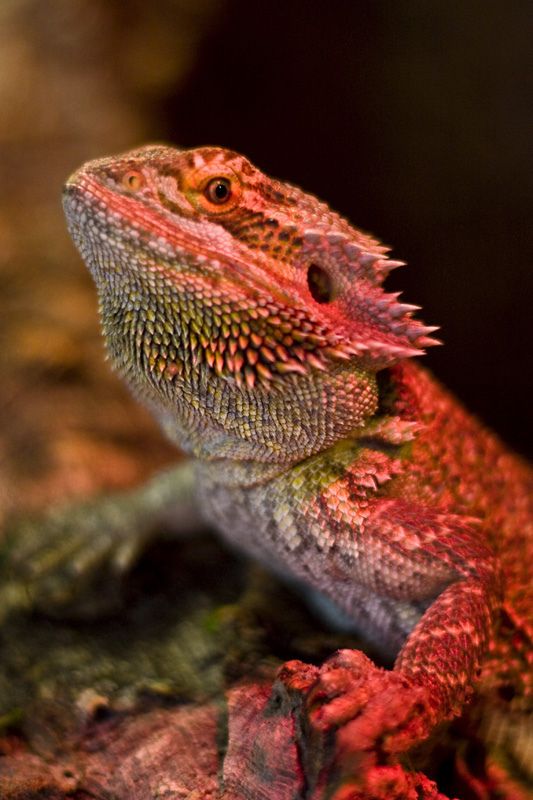
You should never feed your baby Bearded Dragon any prey food that is bigger than it’s head. It can cause choking and digestive issues that are very serious and sometimes even fatal so it’s important that you stick to this principle.
A recommended range of prey food includes but isn’t restricted to:
-
Pinhead Crickets
-
Locusts
-
Spiders
-
Fruit Flies
-
Wax Worms
-
Redworms
-
Butterworms
Remember: You should only purchase any of these live feeders if you get them smaller than your Bearded Dragons head. Most stores offer a good variety in size for most of their prey foods.
Something else to note is that you shouldn’t leave live prey in your Bearded Dragons tank for very long after feeding.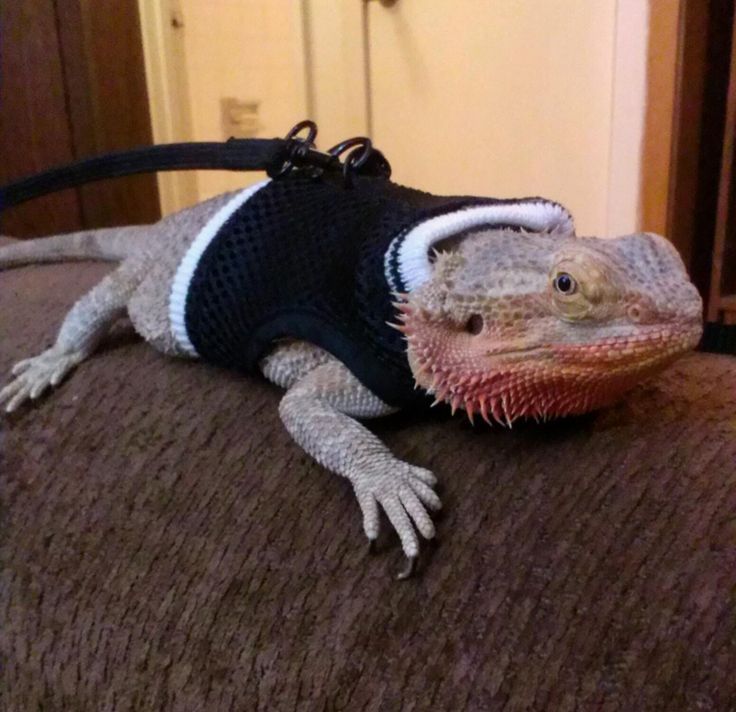 Always count in how many live feeders you have placed in the tank, how many have been eaten and then make sure you remove any live prey that hasn’t been eaten after meal times.
Always count in how many live feeders you have placed in the tank, how many have been eaten and then make sure you remove any live prey that hasn’t been eaten after meal times.
Feeding your Baby Bearded Dragon vegetables is important. You should offer them veg at least 3 times a week but every day is better. Offering them veg from a young age will help them to get a taste for it and help them to enjoy it when they are older.
It also won’t hurt to offer veg every day as this will help them get accustomed to it a lot faster and also help to keep them healthy.
You need to make sure you chop any veg up small so you eliminate the risk of choking and make the eating process as smooth as possible.
You can also leave the veg in the tank after feeding times so your baby Bearded Dragon can come back to it when it wants.
Are recommended rage of vegetables includes but isn’t restricted to:
- Artichoke Heart
- Bell Pepper
- Orca
- Butternut Squash
- Celery
- Mustard Greens
- Yellow Squash
- Carrots
- Bok Choy
- Sweet Potato
- Green Beans
- Peas
Greens are very similar to vegetables in the fact that they should be offered at least 3 times a week and i would think about offering them daily.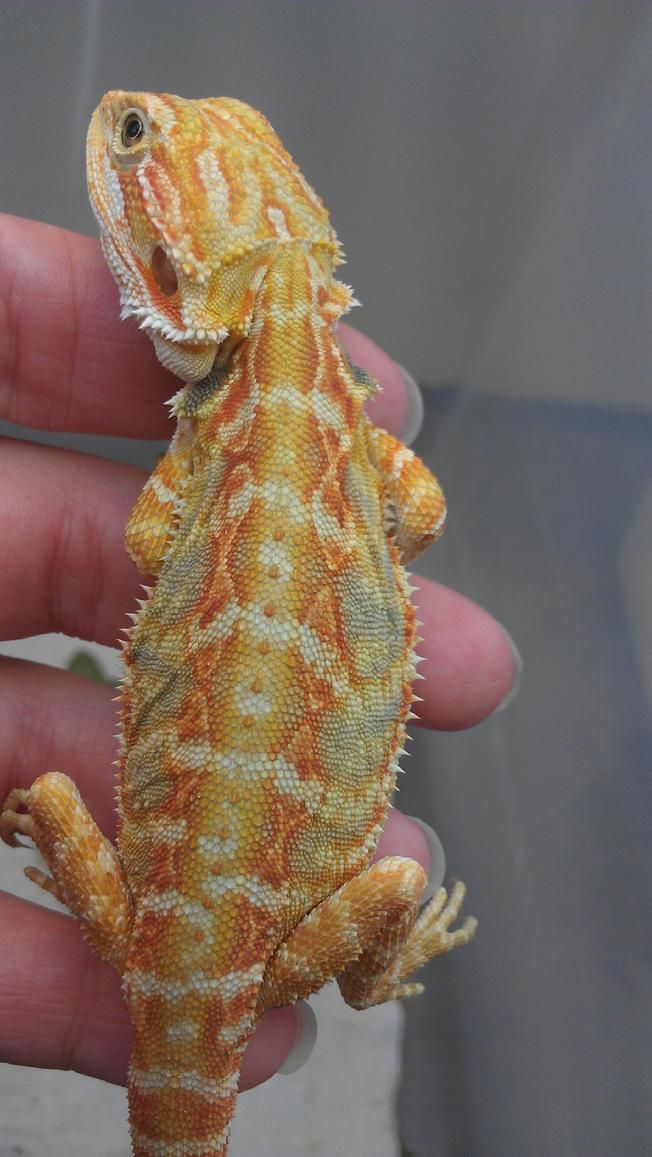
It’s important to get your Bearded Dragon liking veg and greens as soon as possible so when they are older eating them daily will be a natural process for them.
Just like veg, you can leave greens in the tank after meals times so they can munch on them whenever they feel like it.
It’s also a good idea to offer a mix of veg and greens together and don’t forget to chop them all up small to stop the risk of choking and help with digestion.
A list of recommended greens includes but isn’t restricted to:
- Kale
- Parsley
- Clover
- Dandelion Greens
- Turnip Greens
- Mustard Greens
- Coriander
- Parsley
- Rocket
- Collards
While there are a lot of fruits that are safe for Bearded Dragons to eat, they also contain high amounts of sugar.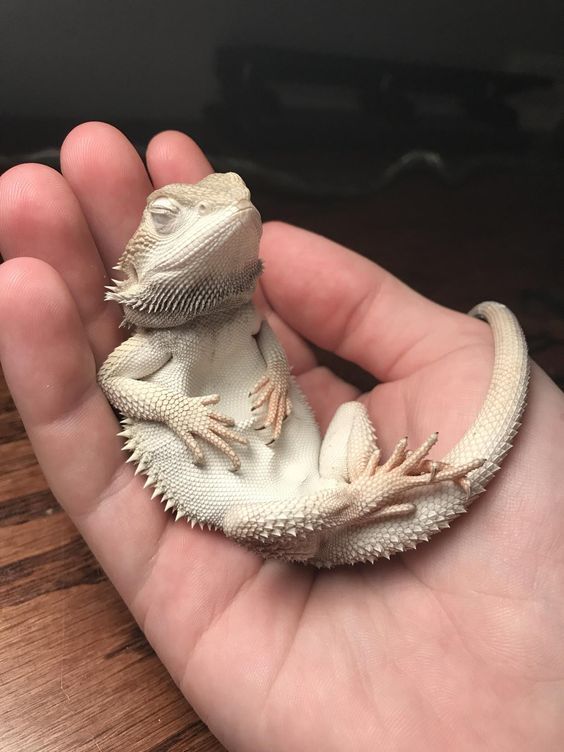
If your Bearded Dragon consumes high amounts of sugar then it’s not healthy for their teeth and can also cause obesity.
Bearded Dragons don’t actually need fruit if they eat veg and greens as that is where most of the nutrients will come from.
If you do want to let your Dragon eat fruit that is fine, however, just make the portions sparing and there is no need to feed fruit daily.
Fruit that is safe for your Bearded Dragon includes but isn’t restricted to:
- Strawberries
- Plums
- Figs
- Apples
- Cherries
- Blackberries
- Cranberries
- Raisons
- Pineapple
- Melons
- Pears
- Grapes
- Peaches
Bearded Dragons should ideally be given vitamin and calcium supplements at each stage of their life starting when they are a baby.
Bearded Dragons are notorious for lacking in calcium and this can lead to long term health problems much as metabolic bone disease.
By simply dusting their prey food daily with Vitamin D3 and Calcium you can easily boost their vitamin and calcium levels to the required amounts to assure they are fit and healthy.
As they get older you will be able to reduce the amount of supplementation they need.
There are plenty of low-quality calcium supplements out there. I highly recommend you use Rep-Cal for various reasons.
Because of all the low-quality supplements on the market, I’ve written a post that shares all the supplements I recommend based on quality and effectiveness.
What Foods Not to Feed a Baby Bearded DragonIt’s also important to you know what foods you need to avoid feeding your baby Bearded Dragon.
Most of the foods on the list below will apply at all ages of their life, so it’s important to understand if they are off the list when they are a baby then they are most probably off the list when they are an adult too.
Here are some common foods and plants that are off the menu to Bearded Dragons:
Mealworms (fine for adult Dragons but the hard shell can be hard to digest for baby Bearded Dragons)
- Avocados
- Lettuce
- Spinach
- Rhubarb
- Fireflies (or any insects that glow)
- Insects that are caught in the wild (they can carry parasites)
- Oak
- Ivy
- Buttercup
- Elderberry Tulip
There is quite a long list of plants that you should keep your Bearded Dragon away from, the bottom line is if you are unsure then always seek advice room your Vet before feeding your Dragon anything.
What Is a Baby Bearded Dragons Favourite Food?
Your Bearded Dragons favourite food will largely depend on its own personal preference.
There are also other things to consider such as what it has been fed from a young age and sometimes they simply get fed up of certain food and become fussy about what they eat.
With all things considered usually a Bearded Dragons favourite food will be either Pinhead Crickets or Wax Worms in my experience.
Having said this, if your Bearded Dragon loves something totally different then that is both common and fine, they’re not robots and have their own personality.
How Many Times a Day Should You Feed a Baby Bearded Dragon?Baby Bearded Dragons will grow to 90% of their full length in the first 12 months so to support that rapid growth they need to eat a lot of food.
It’s common for baby Bearded Dragons to eat between 3-5 times a day and each sitting will normally last around 10-15 minutes.
You should feed them as much live prey as they can eat in this time and you may see them eating somewhere in the region of 20-60 insects per day.
This will obviously depend on the age of your baby Bearded Dragon and the insects you are feeding them.
When is a Baby Bearded Dragon Actually Classed As a Baby?It’s important that you know at what age your Bearded Dragon is actually classed as a baby and when they become a juvenile and finally an adult.
This is important because the dietary requirements of each age group are different and you will need to know how to feed each age group.
Here is a chart that explains the different age groups:
Bearded Dragon Age Chart
| 0-6/month | 6-12/month | 12/month plus |
One of the most important things you can do for your baby Bearded Dragon to ensure they grow happy and healthy is to make sure they have a high-quality basking bulb and basking area.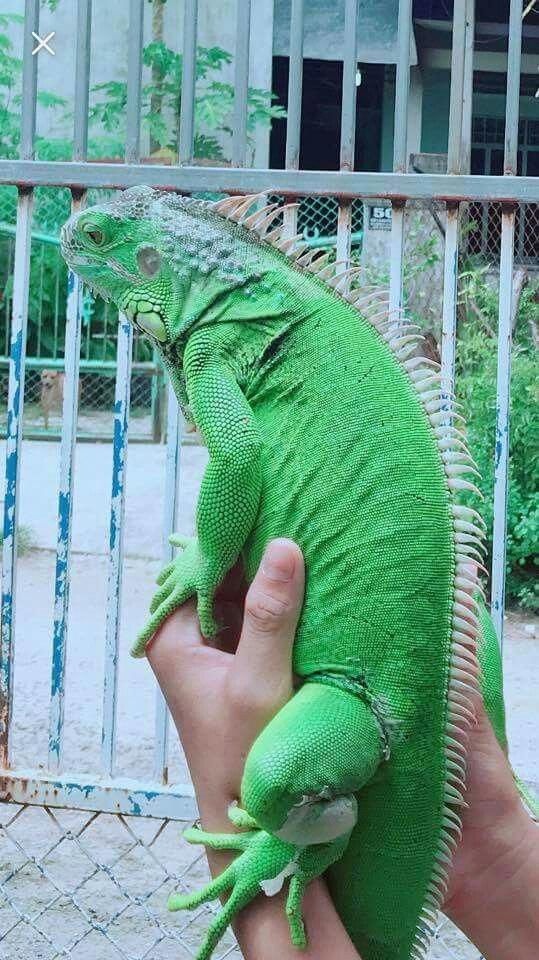
If you are feeding your Dragon good quality food this is great but if they can’t bask especially after the meal then the chances are that they will become unhealthy, not grow and even become sick.
The basking lamp plays a hugely important role in the health of your Bearded Dragon and in the early stages it is probably more important than ever.
Your Dragon needs to be at their optimal body temperature in order to digest the food that they have just consumed. If this doesn’t happen then the food just won’t get digested and they won’t get any nutrients and therefore struggle to grow.
They will also run the risk of getting something called impaction. This is where their gut becomes clogged with undigested food and they can become constipated.
This, in turn, can cause them a lot of pain and make them lose their appetite.
The bottom line is, you need to provide a high-quality basking area and lamp if you want your baby Dragon to grow healthy and happy.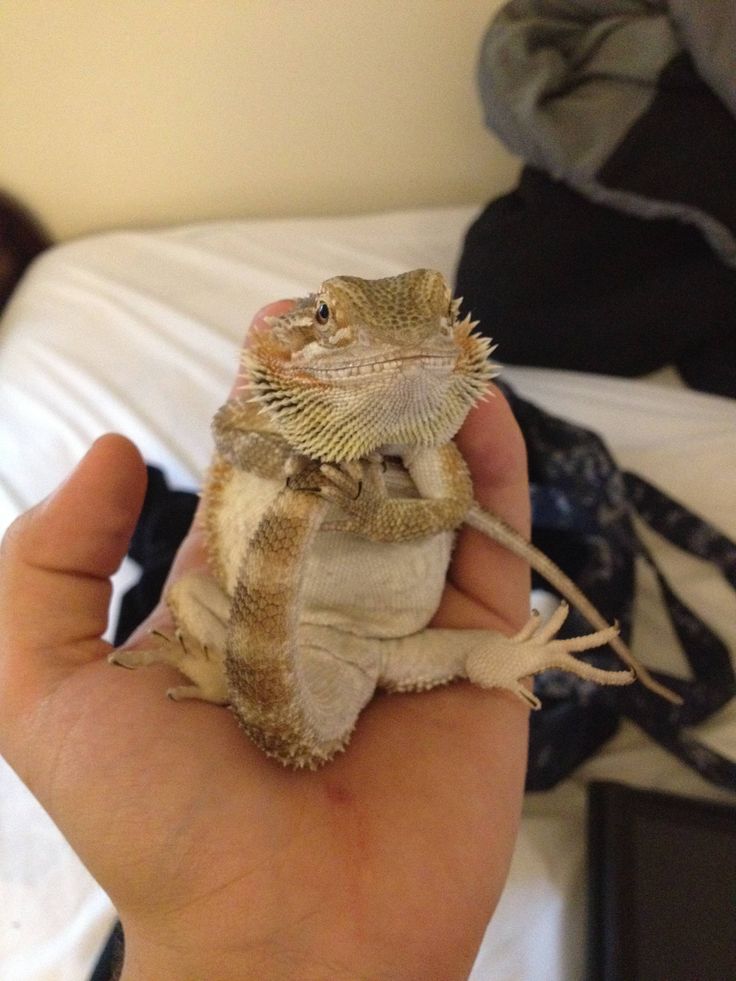
Here’s a step by step post that explains how to set up the lighting with the correct temperatures for your Bearded Dragon and what equipment you should use to get the best results.
How to Get Your Baby Bearded Dragon to Eat more VegSome Bearded Dragons will gladly eat fruit and veg while others will be more reluctant.
For the ones who are reluctant, there is a little trick that you can try to get them to eat more fruit and veg without them realizing.
Chop up some fruit of veg very small and in fine pieces and place it in a bowl. Then add some of your babies Bearded Dragons favourite prey food on top of the fruit/veg.
They will often try and grab the prey food so quickly that they will also pick up some of the fruit/vegs at the same time and not even notice.
The hungrier they are the better this often works. Give it a try and you might be surprised how much fruit/veg your Dragon will actually eat without even noticing.
Technically speaking you can overfeed a baby Bearded Dragon or any age Bearded Dragon for that matter.
For example, if you fed your Dragon between 5-8 times in a day then they would probably gladly eat the food on offer as babies are hungry most of the time due to their need to support growth.
The problem comes when they struggle to digest the large amounts of food they are eating.
After they have eaten a meal they will usually go to bask to raise their body temperature so they can digest the food in a fast and efficient manner.
If they are eating all day there will be a tipping point where they can’t digest the food from the last meal before they are eating again.
Sticking to eating 3-5 times a day max should be fine and give your baby Dragon all the nutrients they need and as well as allowing them time to digest their food.
What Is The latest a Bearded Dragon Should Eat?This is something that not many people actually think about but it is very important.
Most people lead a very busy life and having time to feeding their Bearded Dragon is something that they do around their busy schedule.
This is fine and something that i totally understand, however, you will want to be mindful that you shouldn’t feed your Dragon their last meal any less than 3 hours before the basking lamp goes off for night time.
This is important because the way Bearded Dragons digest food is when they are at their optimal body temperature and if you feed them and then shortly after you turn off the basking light they will struggle to digest their food.
This can leave them with problems like impaction where they have undigested food in their stomach and end up getting constipated as a result.
This can also lead to loss of appetite, so being mindful of this in your feeding schedule can be very important for the health of your Bearded Dragon.
Do Bearded Dragons Need Water?In the wild Bearded Dragon live semi-desert areas and water is often hard to come by.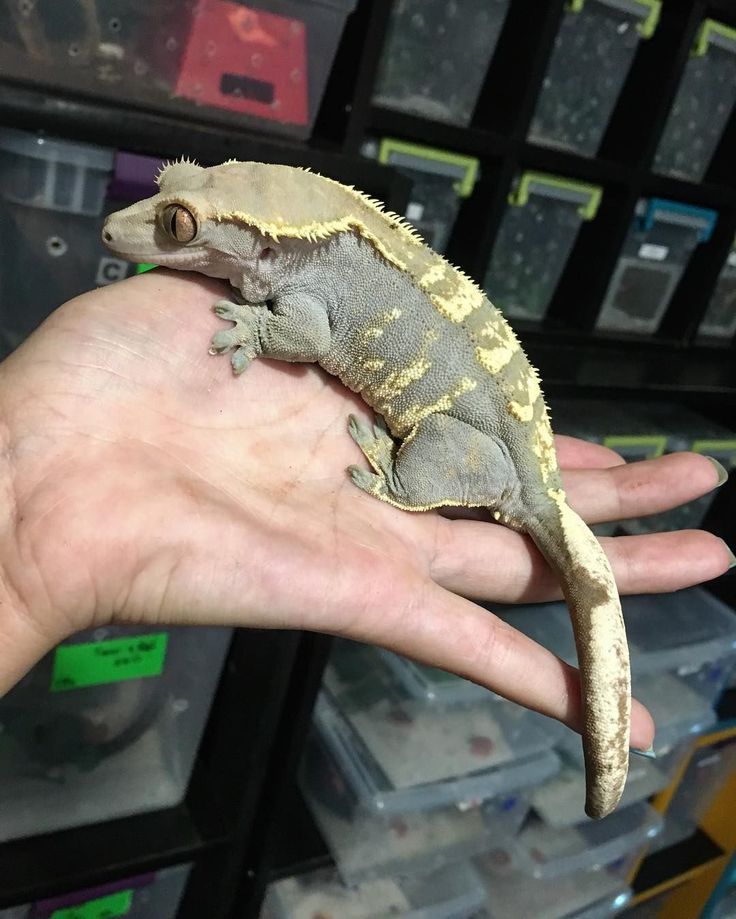
This means they are very efficient at utilizing water from any source they can such as the insects they eat.
In captivity, however, you need to provide them with a water source that is available to them at all times.
You should give them a small water bowl so they can drink when they need to hydrate themselves. Another good option is to spray fruit, veg and greens lightly to give them an extra opportunity to consume the water they need.
You can also mist your Bearded Dragon directly with a spray bottle to increase their hydration levels. Usually, your Dragon will lick the water from around its face, this is a great way to increase its hydration levels.
Take a look at this post that details the 4 ways that Bearded Dragons can get water and a step by step process for getting stubborn Dragons to drink from water bowls.
Are There Any Reasons Why a Baby Bearded Dragon Might Not Want to Eat?Sometimes your baby Bearded Dragon might not want to eat and it can be hard to understand why.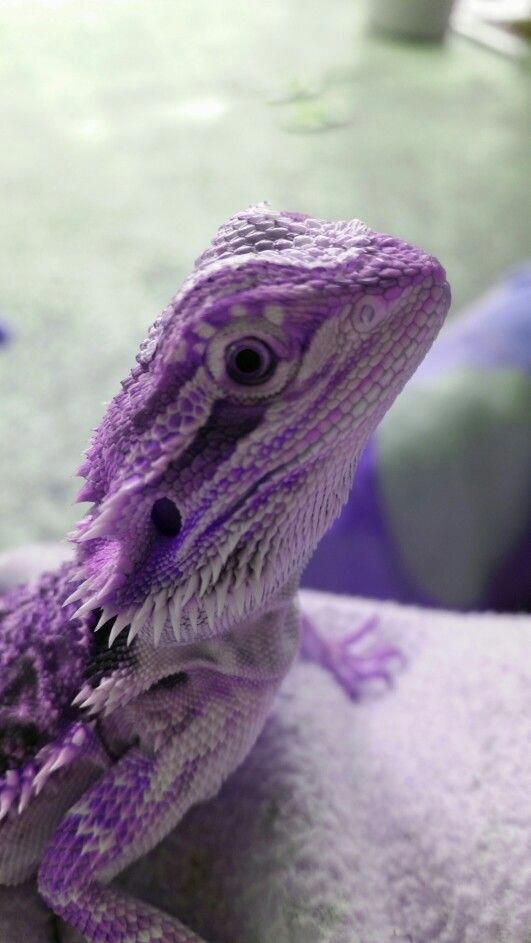
Let’s look at some of the most common reasons why your Dragon could be off their food.
StressStress is actually one of the most common reasons why a Bearded Dragon of any age can suddenly stop eating or at least have a decreased appetite.
There are many reasons why a Bearded Dragon can get stressed, here are the most common:
- In the same tank as another Bearded Dragon
- Getting intimidated by other pets in the house
- New to the house and getting used to the new surroundings
- The tank is near a window and things outside such as birds are intimidating
- Small objects such as toys, socks and ornaments look like a predator
All of these reasons can cause a Bearded Dragon to lose their appetite through stress so you need to remain vigilant at all times and make sure that your Dragon is feeling happy with their surroundings.
Shedding is a natural process for Bearded Dragons and every Dragon will go through it.
Shedding can also be a process that is painful and uncomfortable. This can cause your Dragon to become moody and lethargic at times.
The discomfort that shedding causes can also force your Dragon to lose their appetite until the process is over.
There are a few things you can do to help your Dragon when they shedding, to learn them please view our post on this topic.
To learn about shedding in full go to and check out my ultimate guide to Bearded Dragon shedding here.
IllnessIf your Bearded Dragon is ill they can easily lose their appetite. It can often be hard to determine if a Bearded Dragon is ill and what exactly is wrong with them.
If you suspect that your Dragon is ill then you should get in contact with your Vet.
Getting advice from a professional who can see your Dragon one on one is the only way to ensure you get a correct diagnosis in this kind of situation.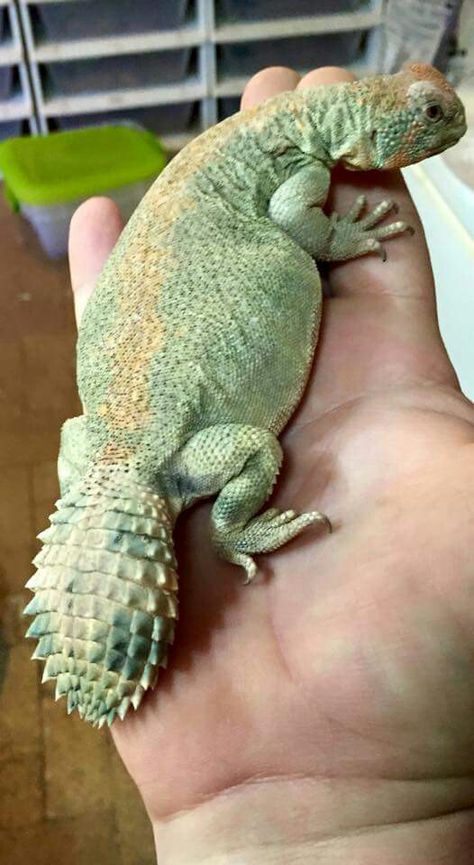
If you’re worried about vet bills then you may want to think about getting health insurance for your Bearded Dragon. I’ve researched the best options and alternatives for health insurance here.
Wrapping UpI hope you now have a better understanding of what to feed you baby Bearded Dragon. There are lots of options but making sure they get a well-balanced diet containing prey foods, veg and supplements is a must for any baby Bearded Dragon.
If you are ever unsure if a certain food is toxic for Bearded Dragon then you should always seek advice before giving it to your Dragon, never take the risk.
If you stick to these principles and you have high-quality lighting then your Bearded Dragon will the beast platform the grow happy and healthy.
Related PostsIf you know what to look for, you can tell a lot by the color of your bearded dragon. For this reason, it’s essential that owners learn what color.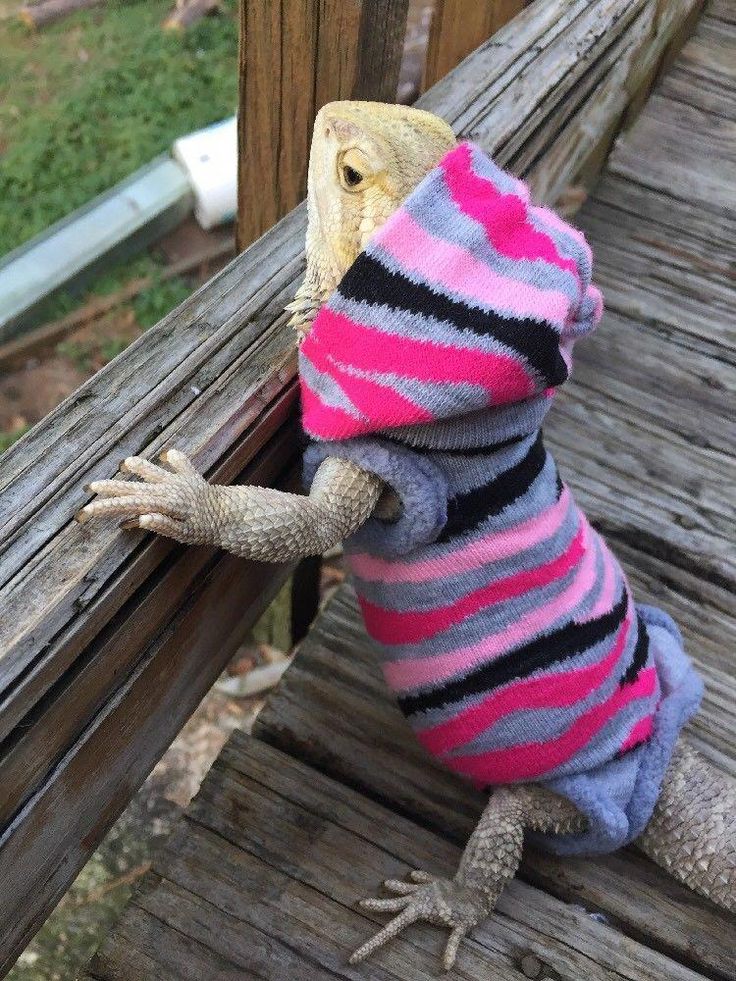 ..
..
read more
With so many questions surrounding bearded dragon sleep, we have decided to take the 26 questions that owners ask on a regular basis and put them in...
read more
As a bearded dragon owner, understanding your pet's poop is essential to monitor their overall health and wellbeing. Bearded Dragons leave us some...
read more
As an owner, you may have many questions regarding bearded dragon mating. No matter if you are looking to breed your bearded dragon or if you are...
read more
We regularly see a large number of bearded dragon basking questions being asked. For this reason, we have decided to take the 24 most popular...
read more
One of the most common questions among new owners and reptile enthusiasts is can bearded dragons swim? For the most part, bearded dragons are.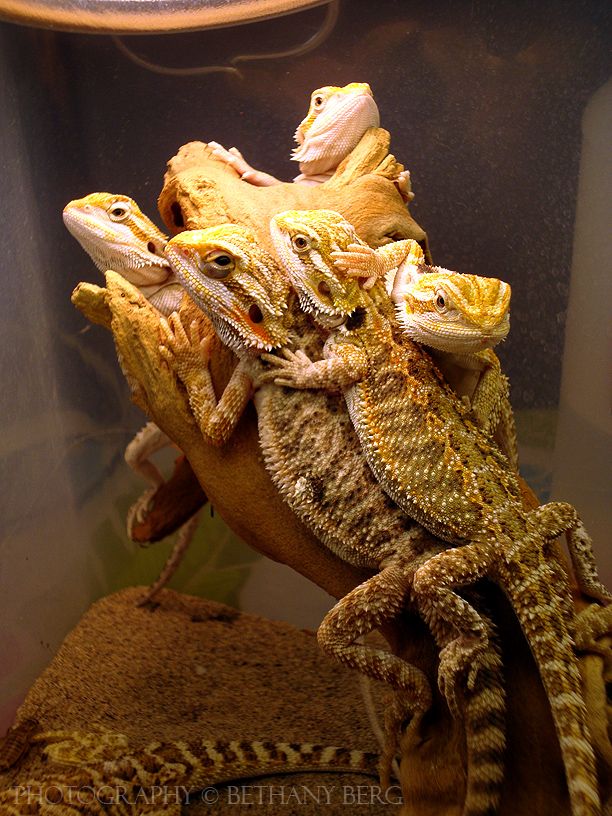 ..
..
read more
Bearded agama - description, care, feeding, keeping and breeding at home
Contents of the article:
- Natural habitat
- Containment equipment
- Temperature
- Substrate and shelters
- Lighting
- Humidity and ventilation
- Feeding
- Reproduction and longevity
- Shared content
- Diseases
- Communication with a person
- Video
The Bearded Dragon is an obedient and easy to care for pet. These lizards have been kept at home for over 30 years. The natural color is dominated by yellowish, gray or brown tones. The color may change depending on the temperature and condition of the animal. Now you can buy a variety of bred morphs, which makes this species attractive for both beginners and advanced amateurs.
The size of an adult can reach 40-60 cm. The body has a flattened ellipsoidal shape. On the body, mainly on the sides, there are scales in the form of prickly spikes. The head has a triangular shape and is framed by spines.
On the body, mainly on the sides, there are scales in the form of prickly spikes. The head has a triangular shape and is framed by spines.
The lizard lives in arid deserts and semi-deserts of Australia. Leads an active daily life on the ground, sometimes climbing onto stones and branches of low trees. He uses burrows of other animals, piles of stones, crevices at the roots of trees and bushes as shelters.
For adults, a 90x45x45 cm terrarium is suitable, for young dragons you can use a smaller 60x45x30 cm terrarium. when the animal reaches 1 year.
Temperature is the most important parameter for keeping a bearded dragon at home. Only with the right temperature regime the animal will be able to fully digest food, develop and grow normally. The lizard's metabolism depends entirely on the correct temperature gradient, which is created by special lamps.
During the day the temperature should be 25-30 °C in the "cool zone" and 38-50 °C in the warm zone "under the sun".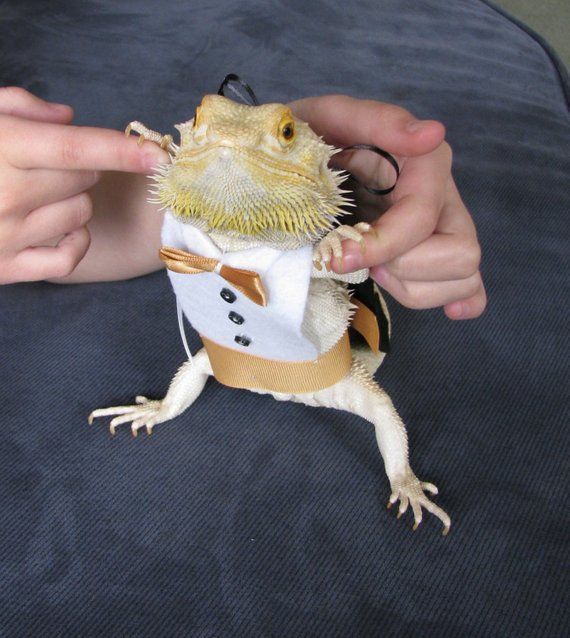
For heating, a powerful directional heat and light lamp is installed, which is recommended for use in a luminaire with a bracket. You can raise and lower the lamp depending on what temperature is required in the terrarium.
Night temperatures can drop to 22°C.
Supplementary heating - eg heat cable, terrarium thermomat, ceramic heater, infrared lamps - may be required if the temperature falls below the recommended range.
Use Desert Sand or Stone Desert as a substrate. It is necessary to install strong snags, stones on which it is convenient for animals to climb, shelters and a small drinking bowl with water in the terrarium.
Several daylight lamps (Natural Light and Reptile Vision) and lamps with strong UV radiation (UVB150-200) are installed in the terrarium for lighting.
The daylight hours for the bearded dragon are 12-14 hours.
Terrarium humidity not supported. Caring for a bearded dragon consists of bathing. A lizard under the age of 3 months should be bathed once a week in a basin with water at 30 ° C, 2-3 cm deep. From 3-6 months, you can bathe once every 2 weeks. From 6-12 months, 1 time per month is enough.
From 3-6 months, you can bathe once every 2 weeks. From 6-12 months, 1 time per month is enough.
Only use the terrarium with a proven ventilation system that promotes good air circulation and prevents the windows from fogging up.
Bearded dragons have a diet of insects, greens, vegetables and fruits. The diet of an animal up to a year old should consist of 70% insects and 30% plant foods. As the lizards get older, the ratio should change to about 70% plant foods and 30% insects.
Approximate feeding schedule
1-6 months - ~10 crickets every day.
6-12 months - every other day ~10 crickets or 1-3 locusts.
12 months and older - 2-3 times a week for ~10 crickets or 5-8 locusts.
The numbers of insects given are approximate and may not correspond to the needs of a particular animal. Focus on your pet's appetite. You can also use frozen insects or Repashy special food as food.
Before feeding insects, pollinate with calcium and vitamins. Plant foods can be offered every day. You can feed all kinds of salads, various vegetables and fruits.
Plant foods can be offered every day. You can feed all kinds of salads, various vegetables and fruits.
Eliminate all types of cabbage, tomatoes, citrus fruits and other acidic vegetables, fruits and berries.
In summer you can give dandelions, clover, knotweed and other weeds. Feed the animal in the morning and afternoon hours, but not at night. Animals under one year old should not be limited in feeding.
The Bearded Dragon should always have access to fresh drinking water.
Bearded dragons become sexually mature, ready for breeding by the age of two. This is an oviparous species. After mating, after 45-65 days, females lay eggs. To do this, they need to dig a hole with a depth of at least 40 cm. The number of eggs in a clutch is from 9up to 25 pieces. After 55-90 days, babies hatch from the eggs.
With proper maintenance and care in your home, the bearded dragon will live up to 12-14 years.
Bearded dragons are very territorial, so males should never be placed together.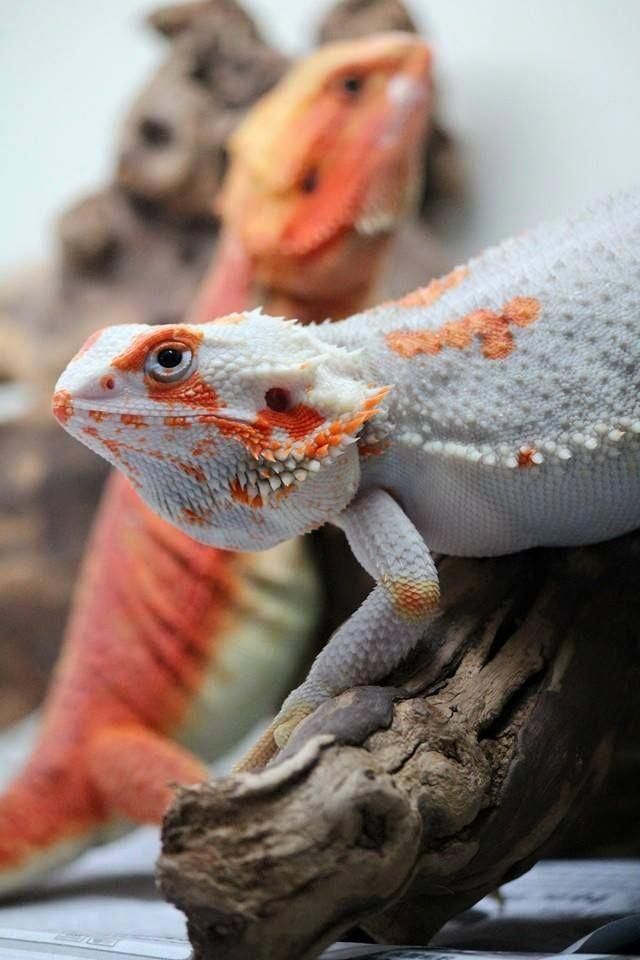 These lizards should be kept singly or in groups where there is a male and several females.
These lizards should be kept singly or in groups where there is a male and several females.
Like any other animal, the bearded dragon can get sick. Of course, if all the rules are followed, the risk of disease is minimized. If you suspect any disease, call our store and we will advise you.
Signs of illness:
- lethargy,
- lack of appetite for a long time,
- problematic molt.
Bearded dragons get used to human contact very quickly. When the animal understands that there is no danger, it ceases to be afraid and will come out on its own. For the purpose of taming, it is necessary to feed the agama from your hands, take it out of the terrarium for some time and hold it in your hands, stroke it on the back. If she does not experience stress outside the terrarium, you can let her walk around the room, after closing the windows and locking other pets in separate rooms. The lizard should be outside the terrarium only under supervision.
On our site there are many photos of bearded dragons, as well as a video, after watching which you will get acquainted with the habits of a reptile.
Panteric only supplies healthy animals. Our consultants help with the choice of everything you need for terrarium equipment, answer all your questions, and give important tips on care and breeding. For the time of departure, you can leave your pet in our hotel, which will be monitored by experienced veterinarians.
See also
How to choose the right terrarium and accessories?
17.08.21
3211
Author: Panterik.ru
How to choose a terrarium and accessories to create comfortable conditions for your pet? Read this article!
Geckos: maintenance and care at home
10/14/21
15147
Author: Panterik. ru
ru
We will tell about the features of caring for these tropical yuri lizards in this article.
Toki gecko: maintenance and care at home
05/26/22
2928
Author: Panterik.ru
How to create suitable conditions for the Toki gecko? Let's talk about the terrarium, its content, diet and rules for maintaining health.
All instructions
Keeping and Feeding Bearded Dragons
- Keeping Bearded Dragons
- Feeding Bearded Dragons
The Bearded Dragon is a stunningly beautiful reptile that is great for keeping in a city apartment, good contact with people and can become a real pet.
In the wild, these lizards live in the deserts of Australia. Almost all agamas that can now be bought are bred in captivity. The average life span of bearded dragons in captivity is 10-15 years.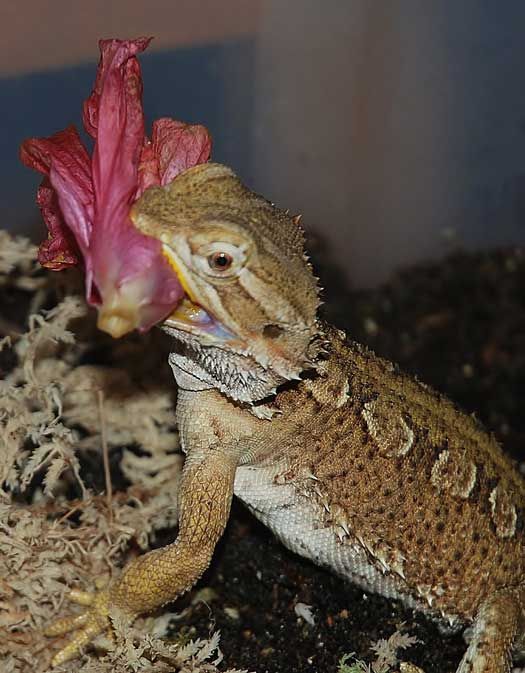
Keeping a bearded dragon
Before you bring your dragon home, prepare a place for it. Of course, like any reptile, dragons are cold-blooded animals, so they should be kept in a terrarium. For agamas, it is better to purchase a horizontal glass terrarium, the optimal size is 180 cm wide, 50 deep and 50 high. The terrarium must be closed with a lid so that the lizard does not escape.
Since bearded dragons are hermits, they need a humidity level of 30-40%. The temperature in the terrarium should be at the level of 26-29gr. C, temperature under the heating lamp 36-38gr. C. For this, you can use incandescent lamps or ceramic lamps, you need to hang them at a distance of 45 cm from the place of heating, so that the agama cannot get burned. To monitor the temperature, you need to attach a thermometer to the wall of the terrarium, and you can also use a thermostat.
An ultraviolet lamp must be lit along with the heating lamp during the whole daylight hours. Reptiles require UV A and B spectrum lamps.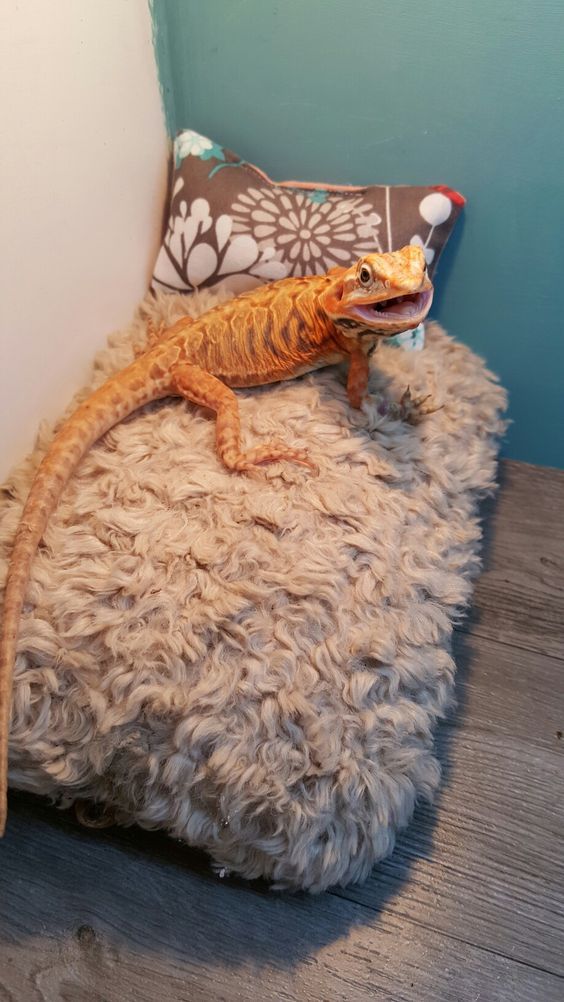 These lamps are available from terrarium and aquarium stores. Day mode: 14 hours - daylight hours, 10 hours - night time.
These lamps are available from terrarium and aquarium stores. Day mode: 14 hours - daylight hours, 10 hours - night time.
Sand and pebbles at least 10 mm in diameter are most often used as soil. Sand is poured in a layer of 10 cm, so that, if desired, the lizard can burrow into the ground. There are also ready-made terrarium mats that are sold in pet stores (not rubber mats).
The terrarium should be equipped with branches (without bark), rocks (from the pet store) and a shelter where the dragon can hide if desired. It is better not to put artificial and live plants in the terrarium, as the agama will eat them.
To improve life processes (prevention of diseases, help with molting), the agama can be bathed in a small bath, so that the head is always at the top, with a water temperature of 29-32 gr. C. This procedure should be done 1-2 times a week.
General cleaning in the terrarium is enough to carry out once a month (wash the entire terrarium, equipment, change or clean the soil). Food and faeces should be removed as soon as they appear.
Food and faeces should be removed as soon as they appear.
Bearded dragon feeding
In the terrarium, you can put a container with water to maintain an optimal level of humidity, a drinker, but not all lizards drink from it. You can spray the agama once a day, and she will lick the droplets from her body, or give moistened greens.
Bearded dragons are omnivorous lizards. In nature, they eat everything from leaves and stems to small mice and chicks. Therefore, at home, it is quite easy for them to choose the right diet.
For plant food, leafy vegetables (Chinese cabbage, lettuce, spinach), vegetables (carrots, green beans, peas, peppers, tomatoes, zucchini, eggplant), fruits (pitted apples, bananas, grapes in small quantities) are suitable for them. , juicy green food (dandelion, clover, wheat leaves, germinated oats).
Animal feed suitable for mealworm, zoophobus, crickets, cockroaches and newborn mice. All these "products" can be bought at the pet store.


